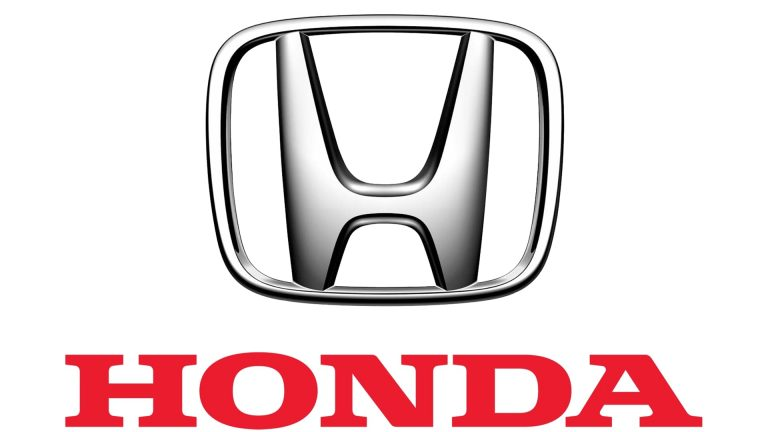The Honda Logo: A Journey Through Time
Honda stands as one of the most recognizable names in the world today. When it comes to cars and thriving businesses, it’s hard not to think of Honda as a titan of the automotive industry. Much of this prominence stems from the company’s clever advertising and marketing efforts, which have left a lasting imprint on its brand identity. Over the decades, Honda has crafted inventive campaigns that spotlight the excellence of its products and the joy of owning one, captivating audiences and driving sales.
Beyond traditional advertising, Honda has embraced digital platforms, leveraging social media and online channels to connect with a global audience. These strategies have propelled Honda to the forefront of the industry. Yet, even the most brilliant marketing would fall flat without a memorable logo to anchor the brand. The Honda logo, with its understated yet striking design, has remained remarkably consistent since its debut. While it may lack the complexity of some rival emblems, its simplicity carries a powerful association with reliability, quality, and value.
In this article, we’ll explore the subtle evolution of the Honda logo and the key details that have shaped the iconic symbol we know today.
1961–1969: The Original Emblem

Honda logo 1961–1969
Honda’s first logo, introduced in 1961, featured a bold red badge with a central design and the company name beneath it, both rendered in a light blue hue. The centerpiece was an elongated “H” that stretched upward, paired with the Honda name in a strong, confident font. The vibrant red background contrasted sharply with the near-white blue, creating a look that was both sophisticated and forward-thinking. This debut logo laid the foundation for Honda’s visual identity, becoming a symbol of the brand’s early ambition and style.
1969–1981: A Bold Shift

Honda logo 1969–1981
In 1969, Honda unveiled a new logo that would become one of its most enduring designs. Gone was the colorful badge, replaced by a stark black rectangle framing a tall, narrow white “H.” This minimalist approach marked a departure from the previous vibrancy, embracing a cleaner, more disciplined aesthetic. Used until 1981, this logo coincided with a period of remarkable growth for Honda, reflecting its dedication to precision and innovation. Its simplicity made it instantly recognizable, cementing Honda’s reputation as an industry leader and forging a strong connection with audiences worldwide.
1981–2000: Refinement Takes Shape

Honda logo 1981–2000
By 1981, Honda was ready to refresh its logo once more. The sharp rectangle softened into a rounded square, lending the design a smoother, more contemporary feel. The “H” was streamlined for greater clarity, while the biggest addition came at the base: the Honda name, now boldly inscribed in black. This update gave the logo a polished, standout presence that resonated with the era’s design trends. Largely unchanged since then—save for minor tweaks—this version became a timeless emblem of Honda’s products and values, balancing tradition with modernity.
2000–Present: The Modern Classic
The logo we see today debuted in 2000, evolving into one of the world’s most iconic brand symbols. The Honda name now appears in a striking red, with the “H” extending gracefully to meet the edges of the rounded square. Moving away from a flat monochrome palette, the design adopted a gradient metallic gray with a matte finish, exuding sophistication and sleekness. This update aligned the logo with contemporary tastes while preserving its core elegance. Today, it graces everything from cars and motorcycles to boats, serving as a testament to Honda’s unwavering commitment to quality and innovation. For over two decades, this logo has embodied the brand’s success and its promise to deliver excellence to customers worldwide.
